Home>Gardening & Outdoor>Landscaping Ideas>How To Green Up Zoysia Grass
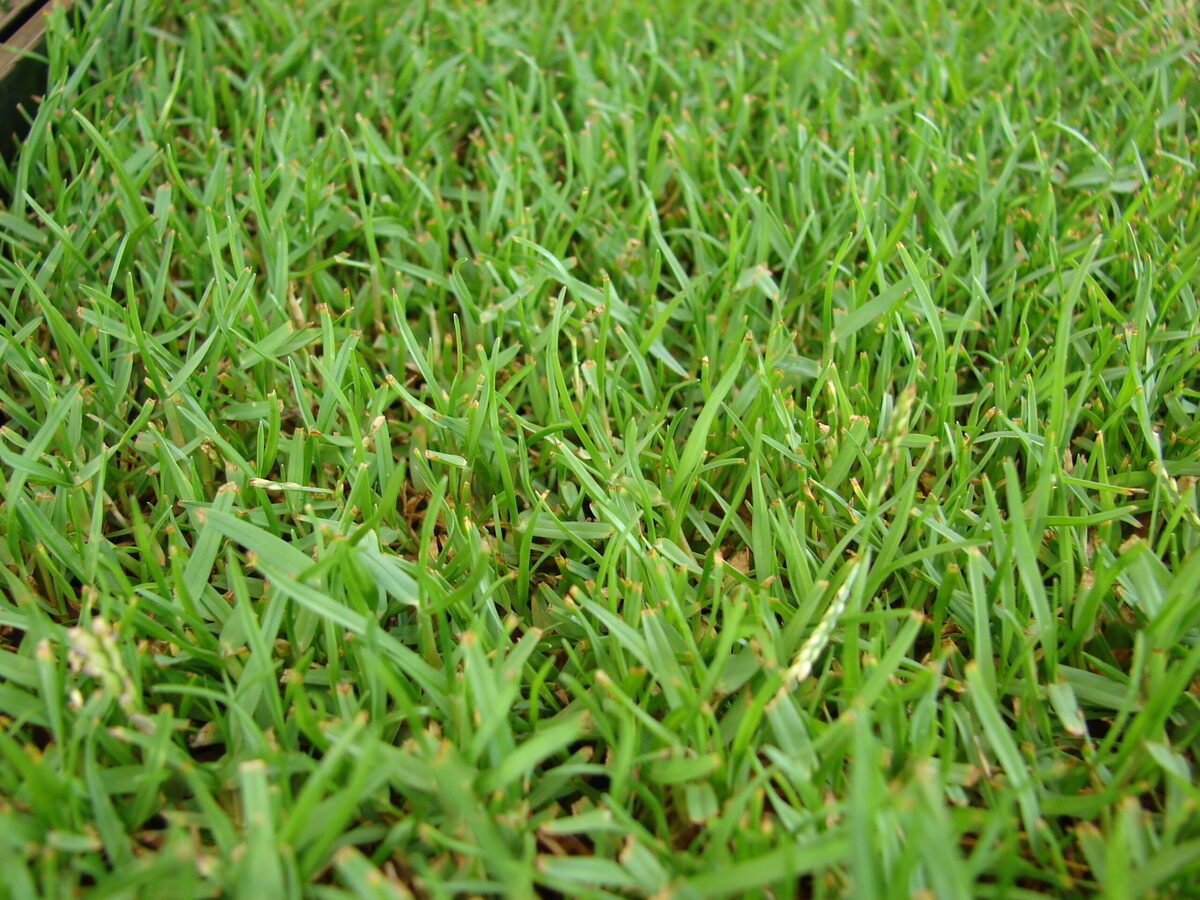

Landscaping Ideas
How To Green Up Zoysia Grass
Modified: April 1, 2024
Learn effective landscaping ideas to green up your Zoysia grass and transform your lawn into a lush, vibrant oasis. Discover expert tips and techniques for achieving a healthy, vibrant lawn.
(Many of the links in this article redirect to a specific reviewed product. Your purchase of these products through affiliate links helps to generate commission for Storables.com, at no extra cost. Learn more)
Introduction
Introduction
Zoysia grass is a popular choice for lawns due to its lush green appearance and ability to withstand various environmental conditions. If you're looking to enhance the vibrancy of your Zoysia grass, this comprehensive guide will provide you with valuable insights and practical tips to achieve a verdant and healthy lawn. From soil preparation to pest management, we'll explore the essential steps to green up your Zoysia grass and elevate the aesthetic appeal of your outdoor space. Whether you're a seasoned lawn care enthusiast or a novice gardener, the following information will equip you with the knowledge and strategies needed to cultivate thriving Zoysia grass. So, let's embark on this green journey and unlock the secrets to revitalizing your lawn with lush, vibrant Zoysia grass.
Understanding Zoysia Grass
Key Takeaways:
- Zoysia grass is a resilient, low-maintenance option for lush, green lawns, thriving in various climates and offering exceptional drought tolerance and wear resistance.
- Proper soil preparation, strategic fertilizing, mindful watering, conscientious mowing, and proactive pest and disease management are essential for cultivating a vibrant, resilient Zoysia grass lawn.
Read more: When Will My Zoysia Grass Turn Green
Understanding Zoysia Grass
Zoysia grass, scientifically known as Zoysia japonica, is a warm-season grass celebrated for its dense growth and tolerance to heat, making it an excellent choice for lawns in various climates. This resilient grass variety exhibits a fine texture and a vibrant green hue, adding an inviting aesthetic to outdoor spaces. With its ability to thrive in both sun and shade, Zoysia grass offers versatility that appeals to homeowners and landscapers alike.
One of the key attributes of Zoysia grass is its remarkable drought tolerance, allowing it to retain its lush appearance even during dry spells. This makes it an ideal option for regions with limited water availability or water restrictions. Additionally, Zoysia grass exhibits exceptional wear resistance, making it suitable for high-traffic areas such as family lawns, playgrounds, and sports fields.
Understanding the growth habits of Zoysia grass is essential for effective lawn care. It spreads through both stolons and rhizomes, forming a dense turf that inhibits weed growth and promotes a uniform, carpet-like lawn. Its low maintenance requirements and ability to recover from stress further contribute to its appeal as a top choice for homeowners seeking a vibrant, resilient lawn.
By gaining a deeper understanding of Zoysia grass and its unique characteristics, you can harness its natural strengths to cultivate a lush, vibrant lawn that elevates the beauty of your outdoor environment.
Soil Preparation
Soil Preparation
Proper soil preparation is a fundamental step in nurturing healthy Zoysia grass. Before establishing or revitalizing a lawn, it’s crucial to assess the soil composition and make any necessary amendments to create an optimal growing environment for the grass.
Begin by conducting a soil test to determine the pH level and nutrient content of the soil. Zoysia grass thrives in slightly acidic to neutral soil with a pH range of 6.0 to 7.0. If the test reveals an imbalanced pH level, you can adjust it by applying the appropriate soil amendments, such as lime to raise the pH or elemental sulfur to lower it.
Furthermore, ensure that the soil provides adequate drainage to prevent waterlogging, which can impede the growth of Zoysia grass. Amending heavy clay soils with organic matter, such as compost or well-decomposed manure, can improve drainage and enhance the soil structure, promoting healthy root development.
Prior to planting Zoysia grass or overseeding an existing lawn, it’s advisable to till the soil to a depth of 4 to 6 inches to loosen compacted areas and facilitate root penetration. This process also helps incorporate organic matter and amendments evenly throughout the soil, creating a favorable foundation for the grass to thrive.
By diligently preparing the soil to meet the specific needs of Zoysia grass, you can establish an optimal growing environment that sets the stage for vibrant, resilient turf. The investment of time and effort in soil preparation will yield long-term benefits, contributing to the overall health and beauty of your lawn.
Fertilizing
Fertilizing
Fertilizing is a crucial aspect of Zoysia grass care, playing a pivotal role in promoting lush, green growth and overall lawn health. By providing the grass with essential nutrients, you can bolster its resilience and ensure its vibrant appearance throughout the growing season.
Before applying any fertilizers, it’s essential to determine the specific needs of your Zoysia grass. A soil test can reveal the existing nutrient levels and guide the selection of the most suitable fertilizer formulation. Opt for a balanced fertilizer with a nitrogen-phosphorus-potassium (N-P-K) ratio tailored to the requirements of Zoysia grass, such as a 3-1-2 or 4-1-2 ratio.
When initiating a fertilization regimen, consider the grass’s growth patterns and the regional climate. For warm-season grasses like Zoysia, it’s advisable to apply fertilizer in late spring, once the grass has emerged from dormancy and is actively growing. A second application can be made in mid-summer to sustain the grass’s vigor throughout the peak growing period.
It’s important to follow the recommended application rates provided by the fertilizer manufacturer and to distribute the product evenly across the lawn to avoid uneven growth or potential damage to the grass. Water the lawn thoroughly after fertilizing to facilitate the absorption of nutrients into the soil and promote their uptake by the grass roots.
Consider incorporating organic fertilizers into your lawn care routine, as they contribute to soil health and microbial activity while providing a gradual, sustained release of nutrients to the grass. Organic options, such as compost or well-decomposed manure, can enrich the soil and fortify the Zoysia grass with a balanced array of essential elements.
By implementing a strategic fertilization schedule and selecting appropriate products tailored to the needs of Zoysia grass, you can nurture a resilient, vibrant lawn that exudes lush green beauty and thrives in its outdoor setting.
Watering
Water deeply and infrequently to encourage deep root growth in Zoysia grass. This will make the grass more drought-tolerant and greener.
Watering
Proper watering practices are essential for maintaining the health and vibrancy of Zoysia grass, ensuring that it thrives in its environment and exhibits lush, green growth. By adhering to strategic watering techniques, you can optimize the grass’s resilience and minimize stress, contributing to the overall beauty of your lawn.
When establishing a new Zoysia lawn, it’s crucial to provide consistent moisture to facilitate the grass’s establishment and root development. During the initial phase, water the newly seeded or sodded area regularly, keeping the soil consistently moist but not waterlogged. This encourages the growth of strong, deep roots and sets the stage for a thriving lawn.
Once the Zoysia grass is established, transition to a deep and infrequent watering schedule to promote the development of a robust root system. Allow the soil to dry slightly between watering sessions, prompting the grass roots to penetrate deeper into the ground in search of moisture. Deep-rooted grass exhibits increased drought tolerance and overall resilience, enhancing its ability to thrive in varying conditions.
Observe the signs of water stress in Zoysia grass, such as a bluish tint or wilted appearance, as indicators to adjust your watering routine accordingly. During periods of prolonged drought or extreme heat, it may be necessary to supplement natural rainfall with additional irrigation to sustain the grass’s vitality and prevent dehydration.
Implementing efficient watering practices, such as early morning or late evening irrigation to minimize water loss through evaporation, can maximize the effectiveness of each watering session while conserving water resources. Additionally, consider using an automated irrigation system with adjustable settings to deliver precise amounts of water to the lawn based on its specific needs.
By embracing a mindful approach to watering, tailored to the unique requirements of Zoysia grass, you can nurture a resilient, vibrant lawn that remains lush and green, enriching your outdoor landscape with natural beauty and allure.
Mowing
Read more: When To Plant Zoysia Grass Plugs
Mowing
Proper mowing practices are integral to the health and visual appeal of Zoysia grass, contributing to its lush, dense growth and overall resilience. By adopting a strategic approach to mowing, you can maintain an immaculate lawn while promoting the grass’s vigor and vitality.
When mowing Zoysia grass, it’s essential to adhere to the recommended mowing height to support its optimal growth and health. Aim to maintain a mowing height of approximately 1 to 2 inches for common Zoysia varieties, adjusting the height based on the specific cultivar and regional climate conditions. Mowing at the appropriate height encourages the development of strong, dense turf while minimizing stress on the grass plants.
Regular mowing is essential to prevent the grass from becoming excessively tall, which can lead to thatch buildup and inhibit healthy growth. Avoid removing more than one-third of the grass blade length in a single mowing session to prevent shock and promote a neat, well-groomed appearance. Additionally, vary the mowing direction with each session to prevent the grass from developing a grain pattern and to encourage upright growth.
Keep the mower blades sharp to ensure clean, precise cuts that promote the grass’s resilience and minimize the risk of disease or pest infestations. Dull blades can tear the grass, leaving it vulnerable to stress and potential damage. Regular blade sharpening or replacement is a simple yet crucial aspect of effective lawn maintenance.
Consider leaving grass clippings on the lawn after mowing, as they can provide natural nutrients to the soil and contribute to the overall health of the Zoysia grass. This practice, known as grasscycling, reduces the need for additional fertilization and supports sustainable lawn care practices.
By embracing conscientious mowing techniques and maintaining the appropriate mowing height, you can cultivate a vibrant, resilient Zoysia lawn that showcases lush, green beauty while thriving in its outdoor environment.
Dealing with Pests and Diseases
Dealing with Pests and Diseases
Protecting Zoysia grass from pests and diseases is essential for preserving its lush, vibrant appearance and overall health. By implementing proactive measures and promptly addressing any signs of infestation or disease, you can safeguard the resilience and beauty of your lawn.
Regular monitoring of the lawn for signs of pests, such as chinch bugs, armyworms, or grubs, is crucial for early detection and intervention. Keep an eye out for areas of thinning or discolored grass, as well as irregular patches or visible insect activity. If pests are identified, consider utilizing targeted insecticides or natural predators to mitigate the infestation and prevent widespread damage.
Furthermore, maintaining proper lawn care practices, such as adequate fertilization and watering, can bolster the grass’s natural defenses against pests and minimize its susceptibility to infestations. A healthy, well-nourished lawn is better equipped to withstand pest pressures and recover from potential damage.
In addition to pest management, vigilance against common diseases, such as brown patch or dollar spot, is essential for preserving the vitality of Zoysia grass. Implementing proper watering techniques, promoting good air circulation, and avoiding excessive nitrogen fertilization can help minimize the risk of disease development and spread.
If disease symptoms manifest, such as discolored patches or unusual patterns of grass decline, promptly address the issue by adjusting your lawn care practices and, if necessary, applying targeted fungicides to mitigate the spread of the disease and facilitate the grass’s recovery.
Regular lawn maintenance, including aeration and dethatching, can contribute to the overall health and resilience of Zoysia grass, reducing its susceptibility to both pests and diseases. These practices promote strong root development and enhance the grass’s ability to withstand environmental stressors.
By remaining vigilant and proactive in addressing potential pest and disease challenges, you can preserve the lush, vibrant beauty of your Zoysia lawn and cultivate a resilient outdoor space that exudes natural allure and vitality.
Conclusion
Conclusion
Cultivating a lush, vibrant Zoysia grass lawn is a rewarding endeavor that enhances the natural beauty of outdoor spaces while contributing to a welcoming and inviting environment. By embracing strategic lawn care practices and nurturing the unique characteristics of Zoysia grass, you can achieve a verdant, resilient lawn that serves as a captivating focal point in your landscape.
From the foundational steps of soil preparation to the ongoing maintenance of mowing, fertilizing, and watering, each aspect of Zoysia grass care plays a vital role in sustaining its health and visual appeal. By understanding the specific needs of Zoysia grass and tailoring your lawn care regimen accordingly, you can optimize its growth and resilience, ensuring a consistently lush and vibrant lawn.
Furthermore, proactive pest and disease management is essential for safeguarding the longevity and beauty of your Zoysia grass. By remaining vigilant and addressing potential challenges promptly, you can mitigate the impact of pests and diseases, preserving the grass’s vitality and aesthetic allure.
As you embark on the journey of nurturing Zoysia grass, embrace the opportunity to create a thriving outdoor oasis characterized by lush, green beauty and natural resilience. By integrating thoughtful lawn care practices and leveraging the unique strengths of Zoysia grass, you can cultivate a captivating landscape that enriches your outdoor living experience and captivates the admiration of all who encounter it.
Ultimately, the commitment to nurturing a vibrant Zoysia lawn yields a multitude of rewards, from the visual splendor it bestows to the sense of pride and satisfaction derived from cultivating a flourishing outdoor haven. Embrace the art of Zoysia grass care, and revel in the timeless allure of a vibrant, resilient lawn that epitomizes the beauty of nature in your own backyard.
Frequently Asked Questions about How To Green Up Zoysia Grass
Was this page helpful?
At Storables.com, we guarantee accurate and reliable information. Our content, validated by Expert Board Contributors, is crafted following stringent Editorial Policies. We're committed to providing you with well-researched, expert-backed insights for all your informational needs.
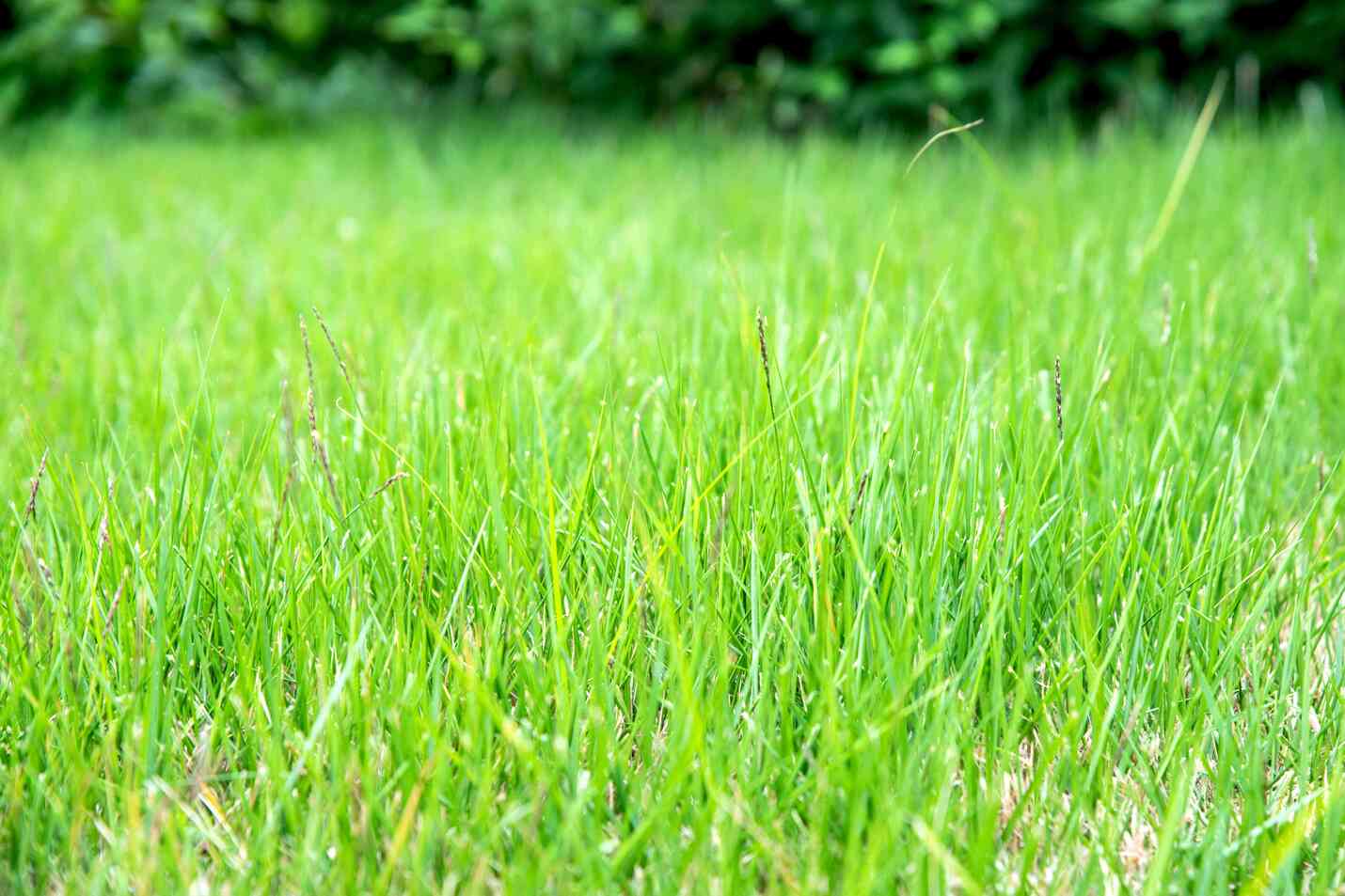
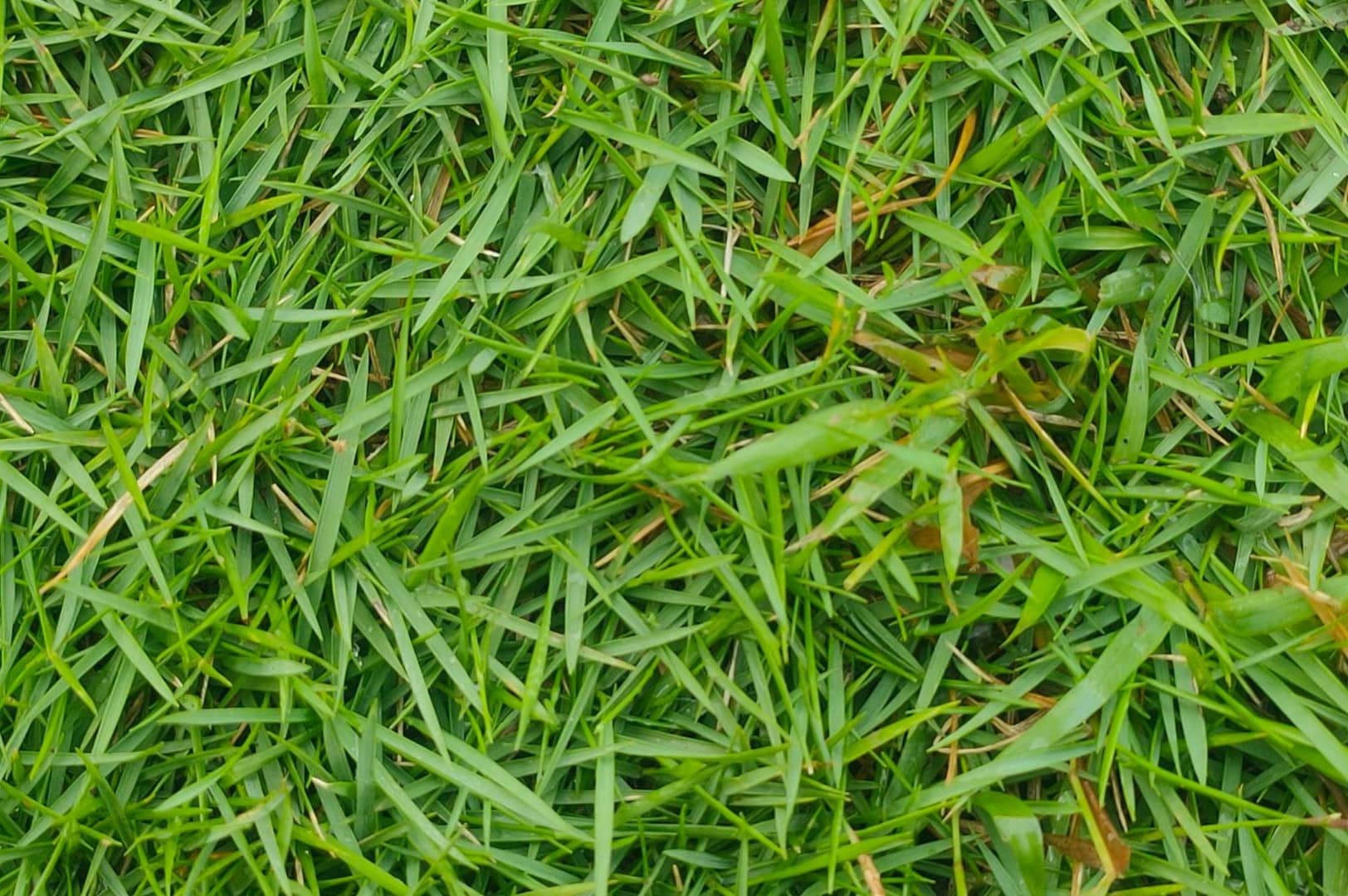
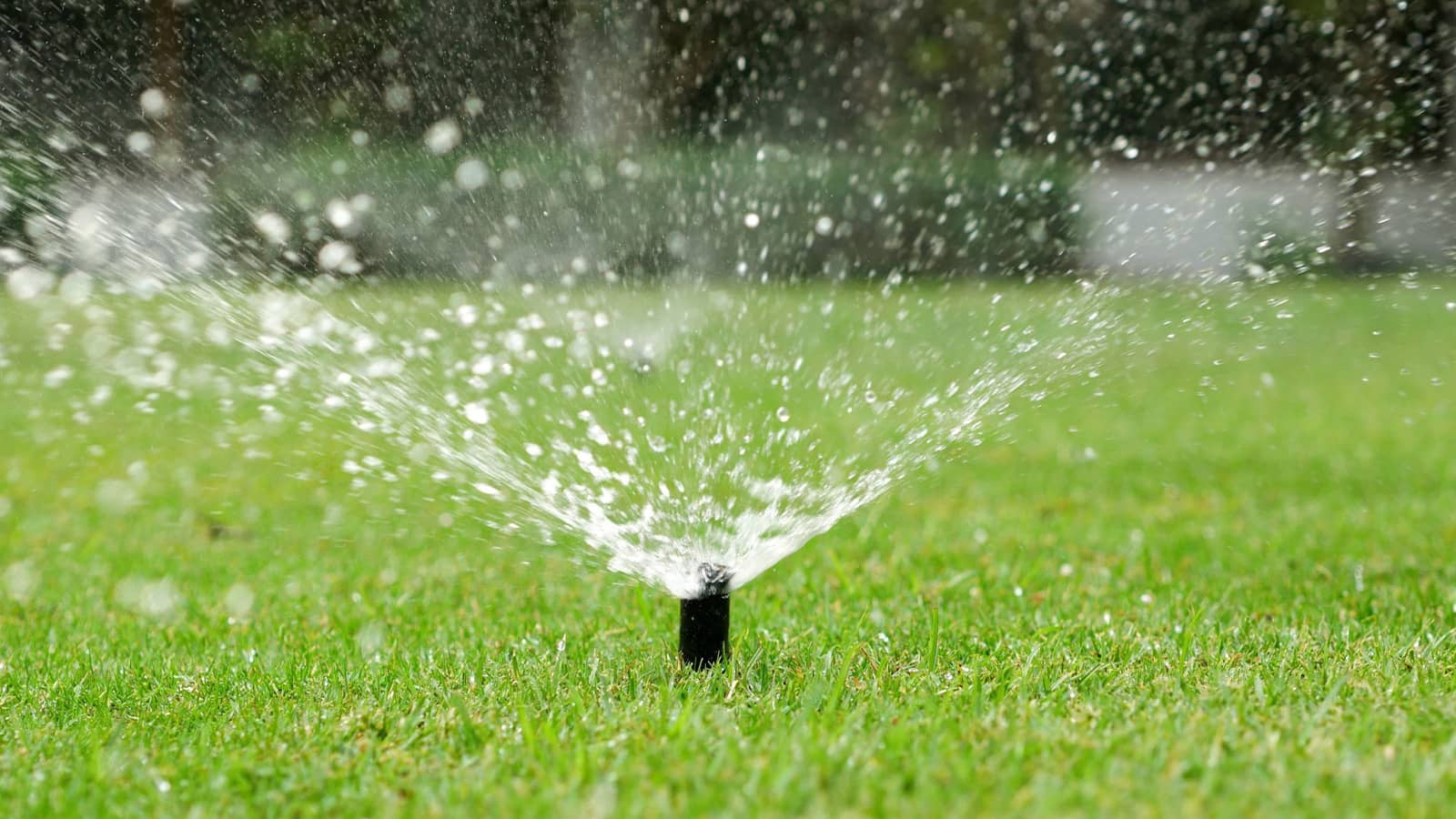
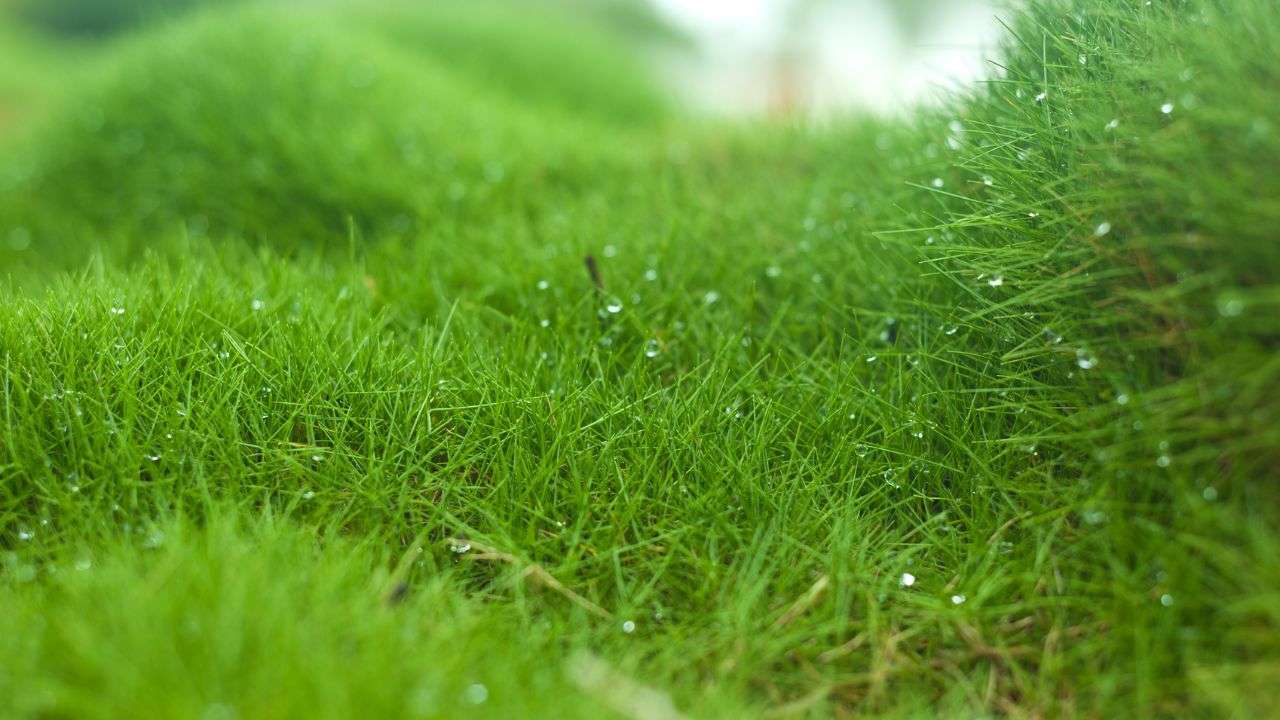
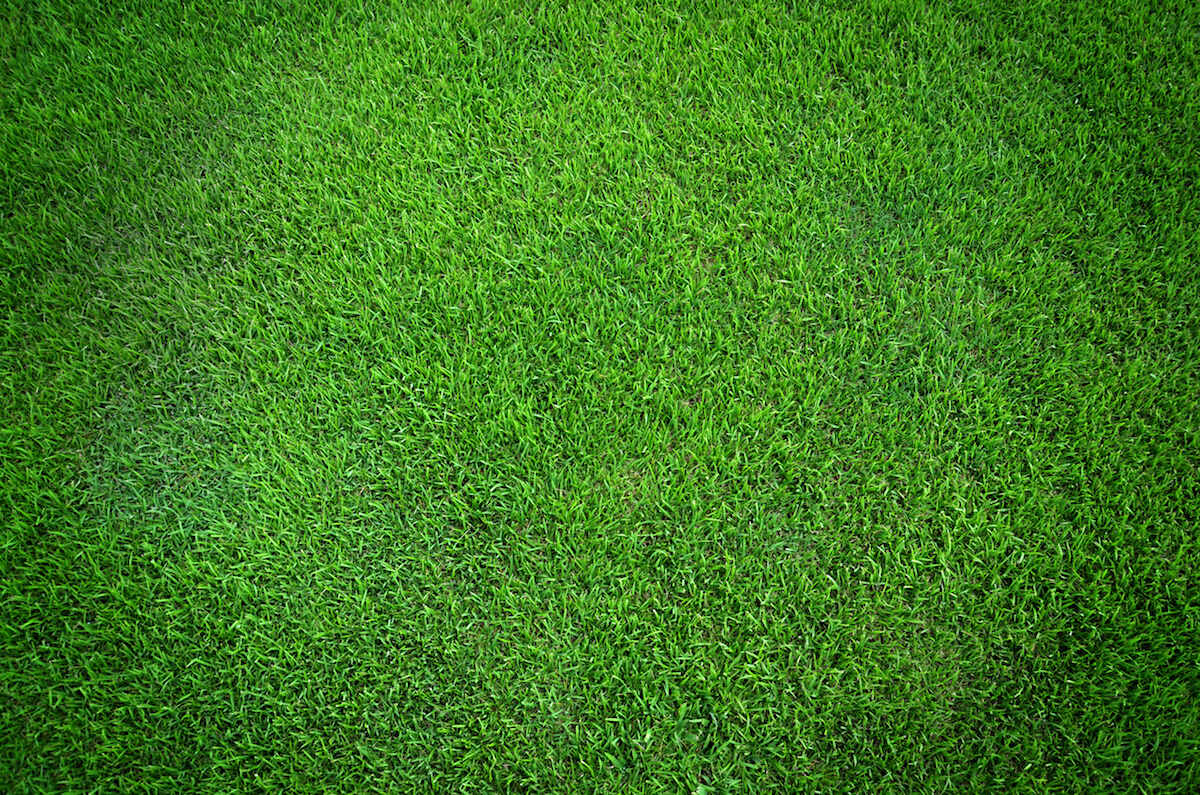
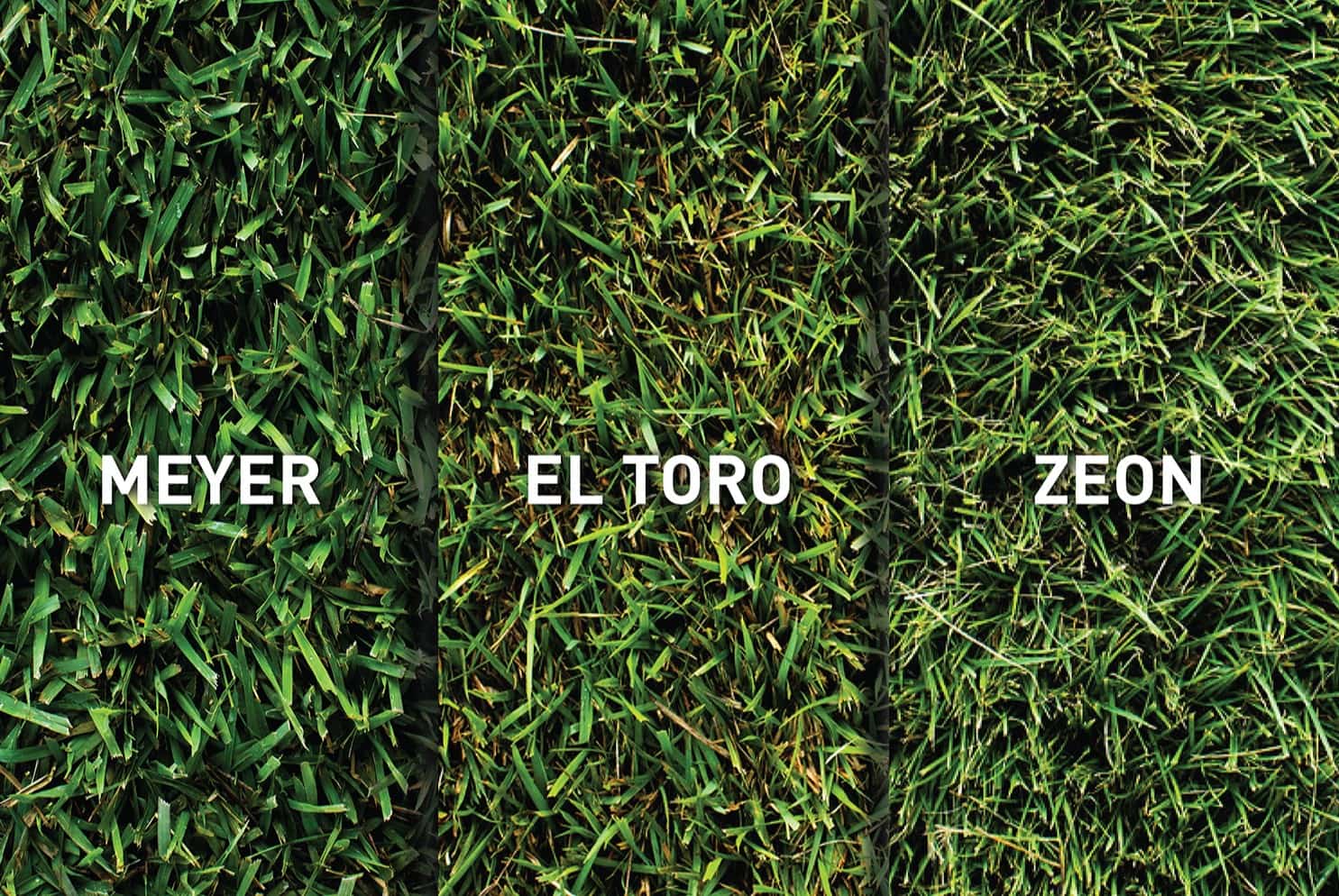
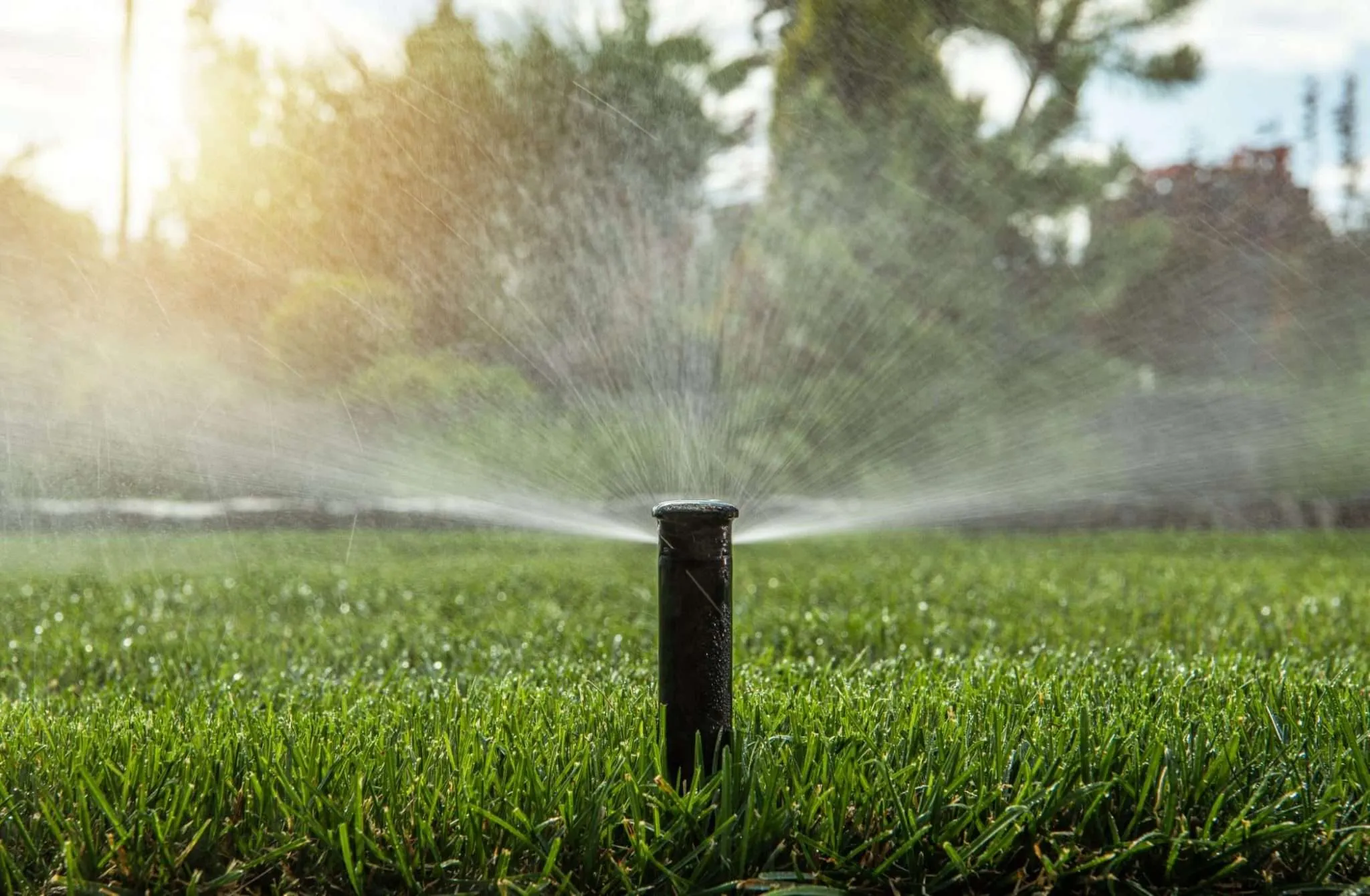
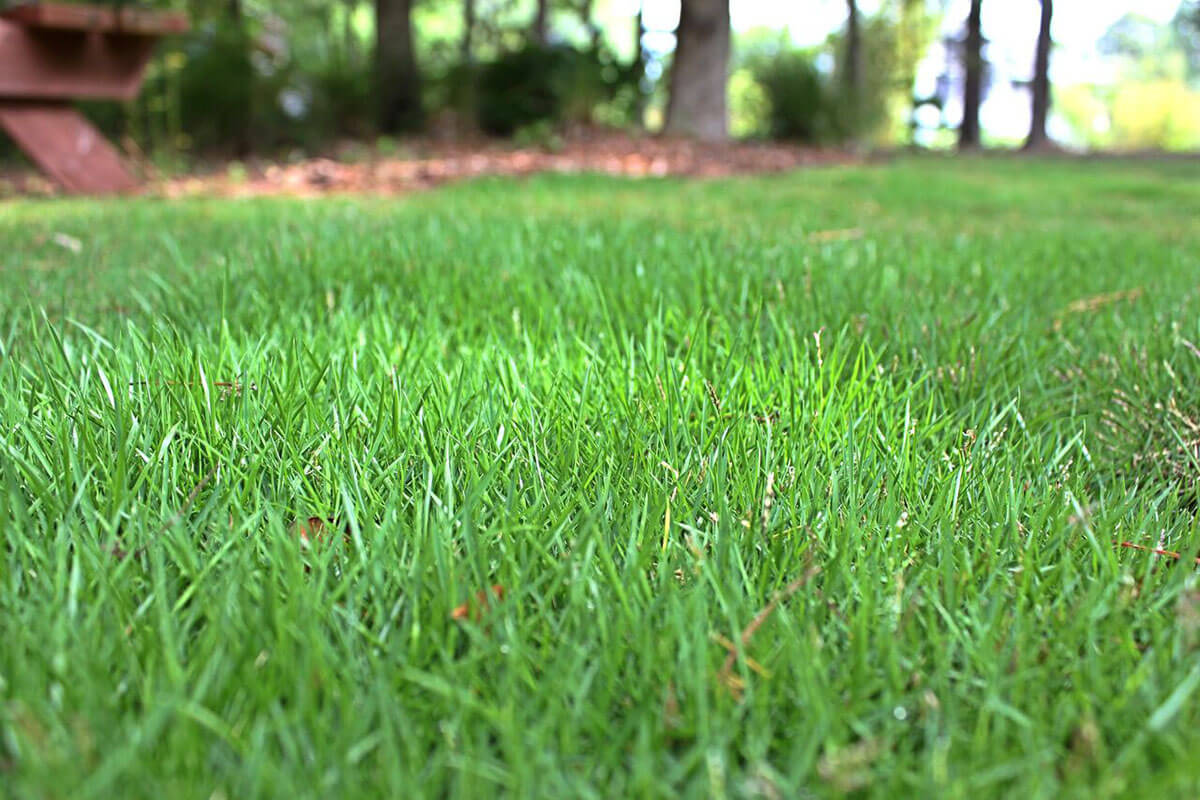
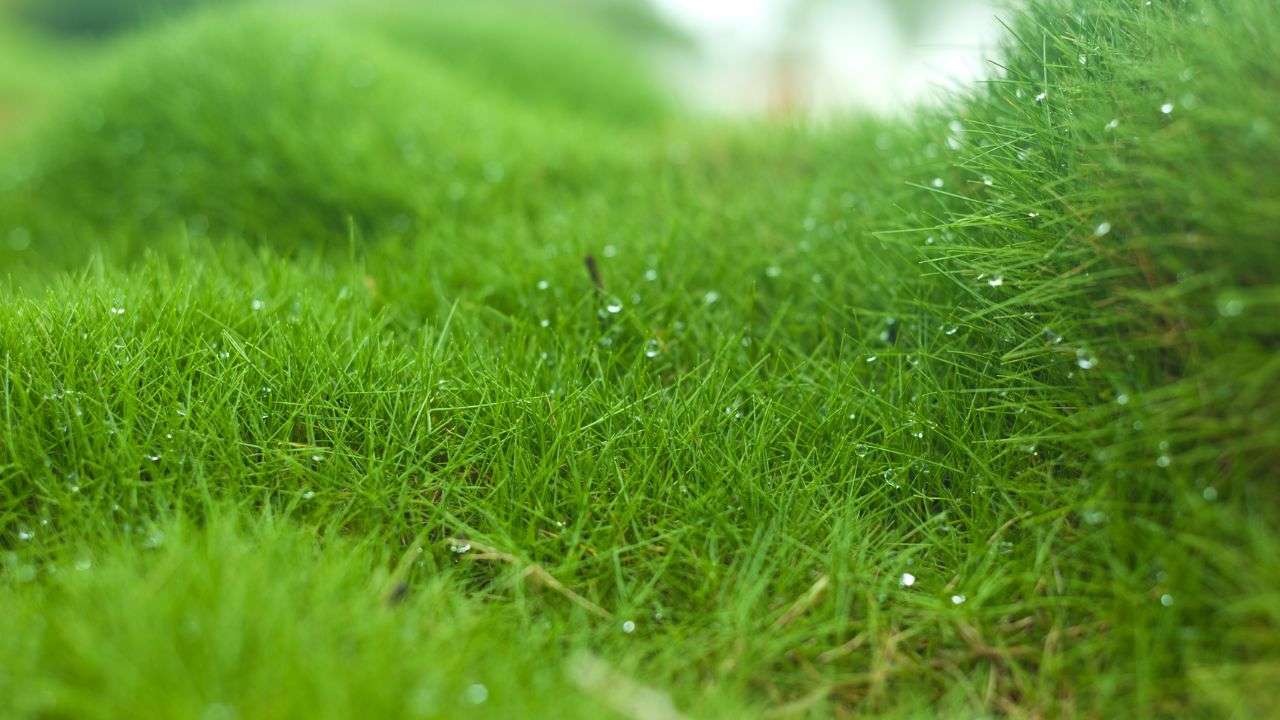
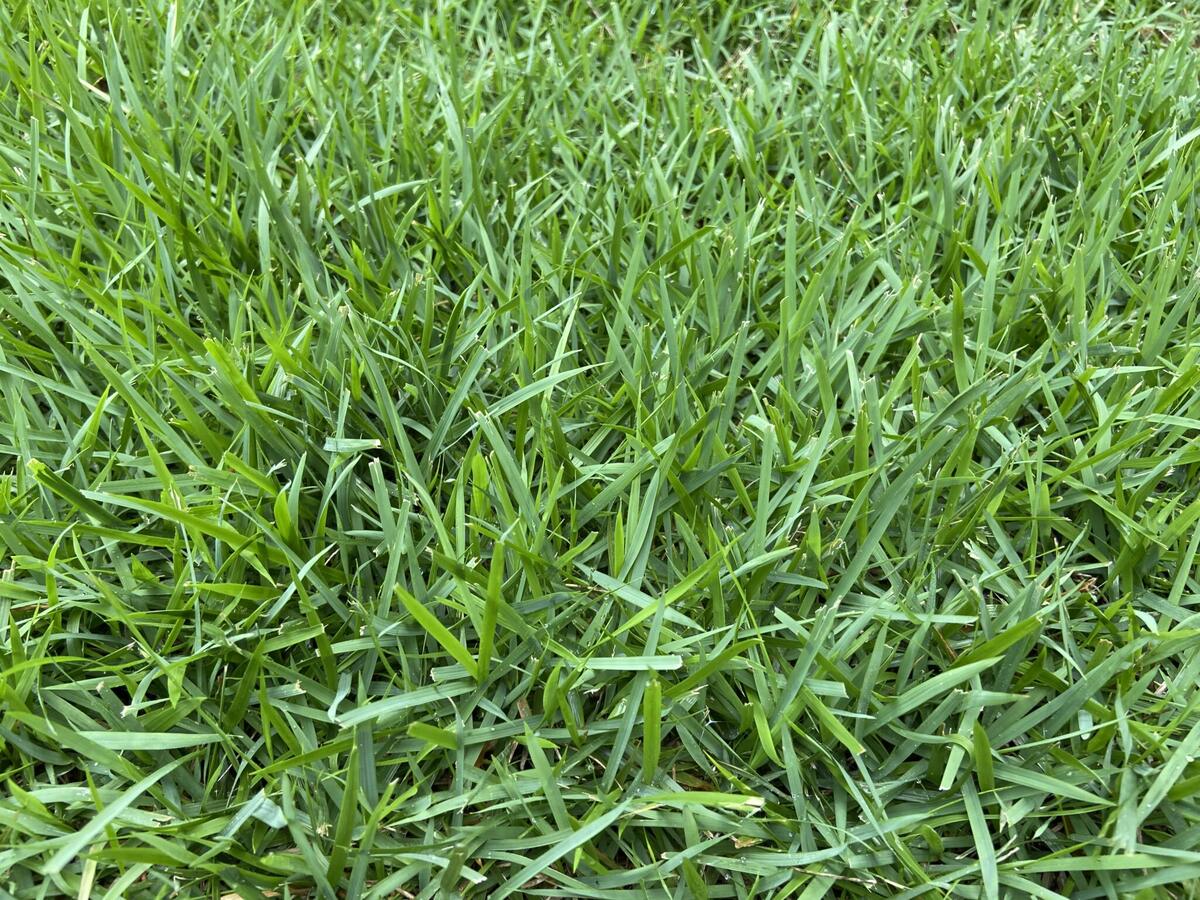
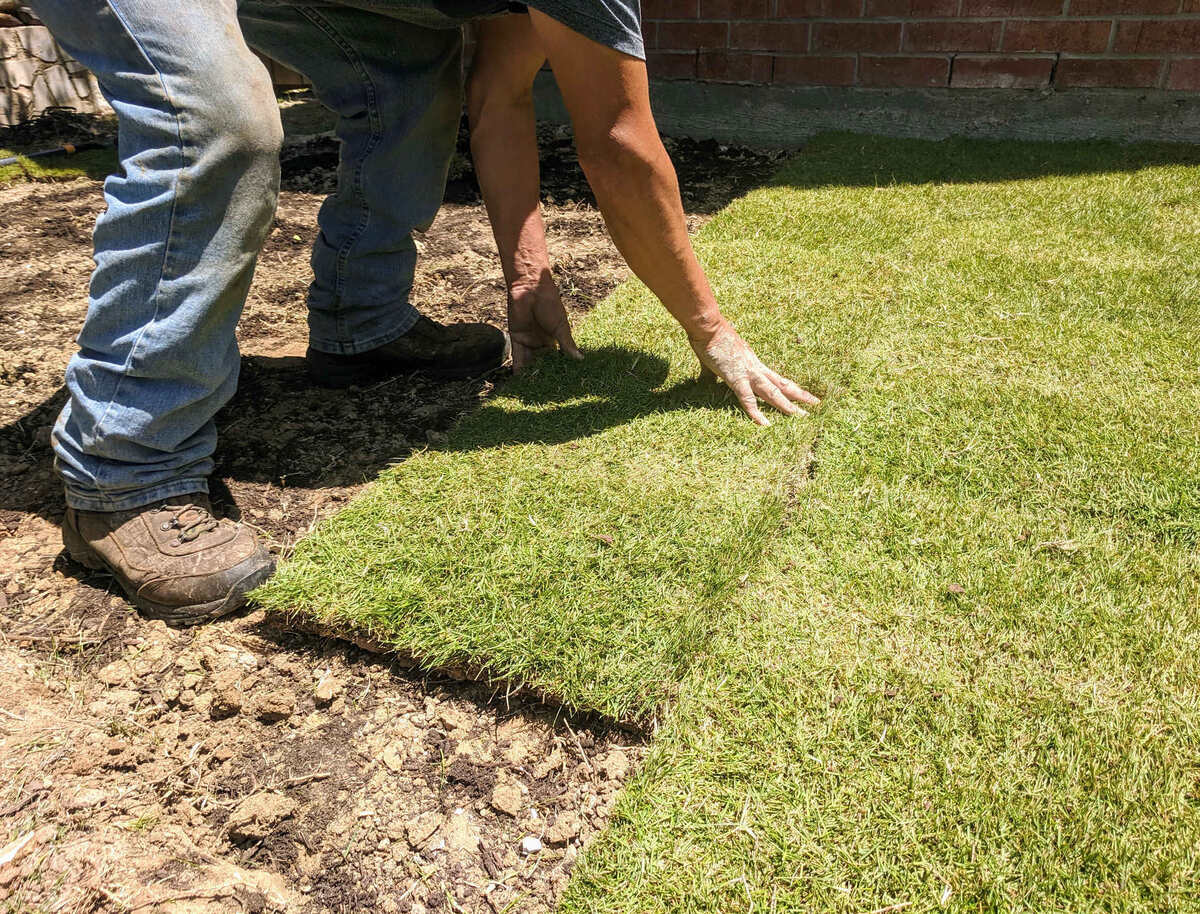
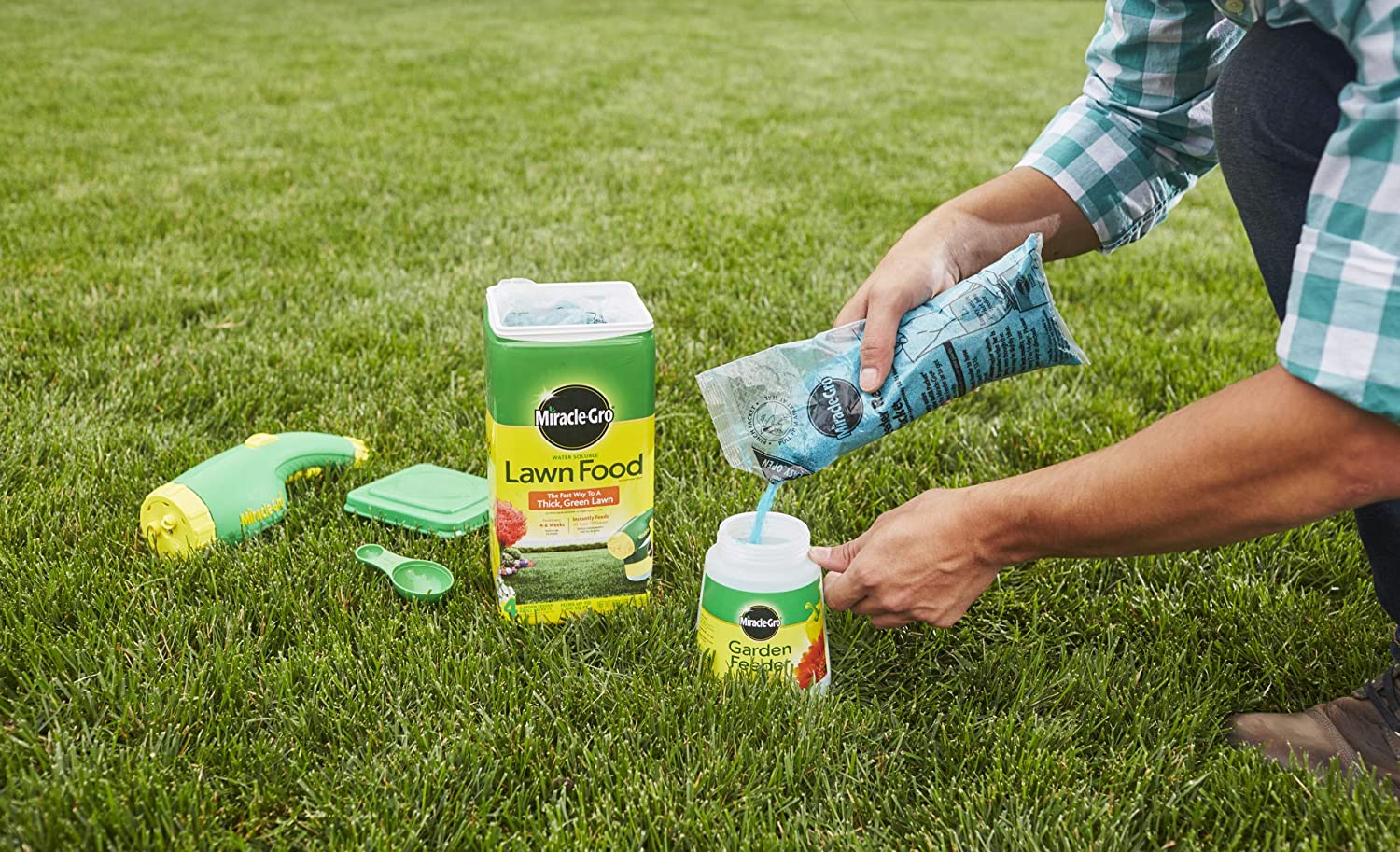
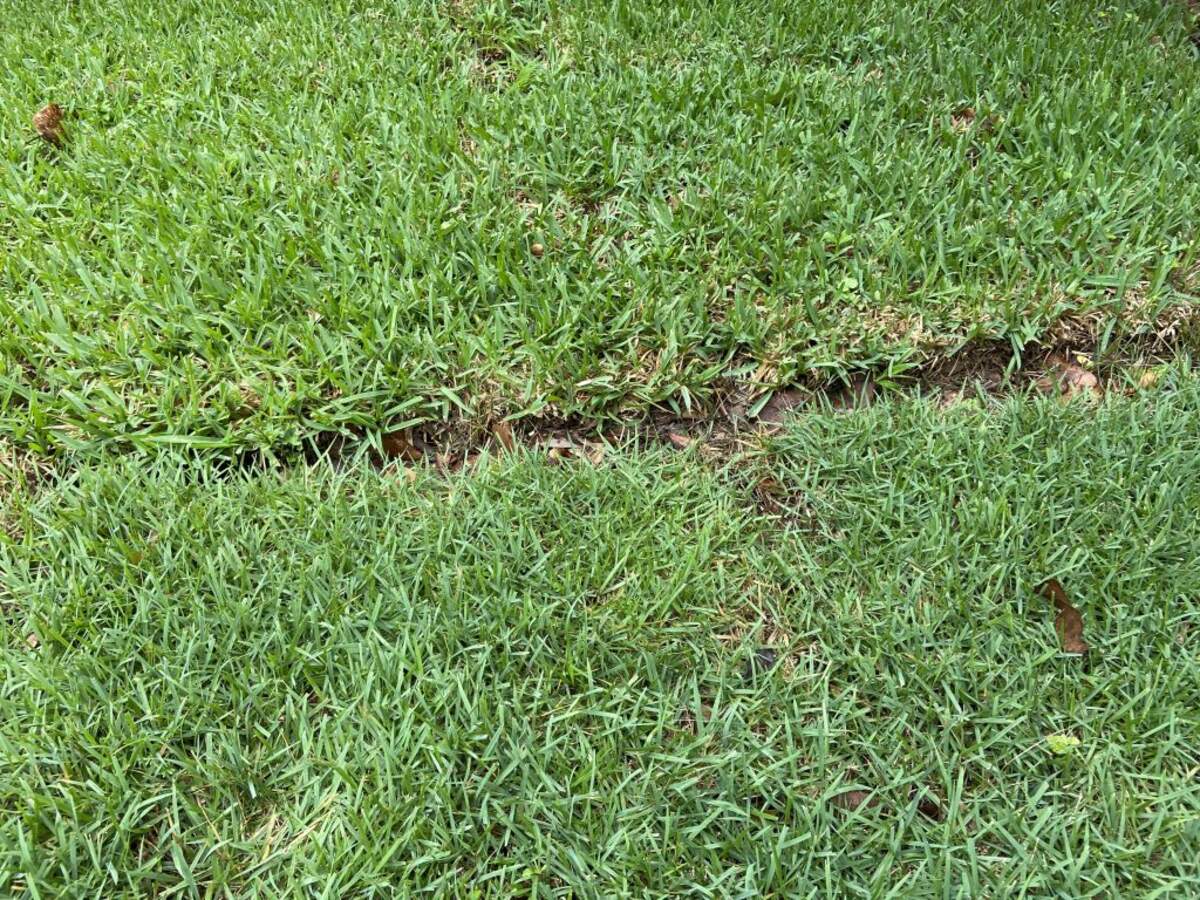


0 thoughts on “How To Green Up Zoysia Grass”